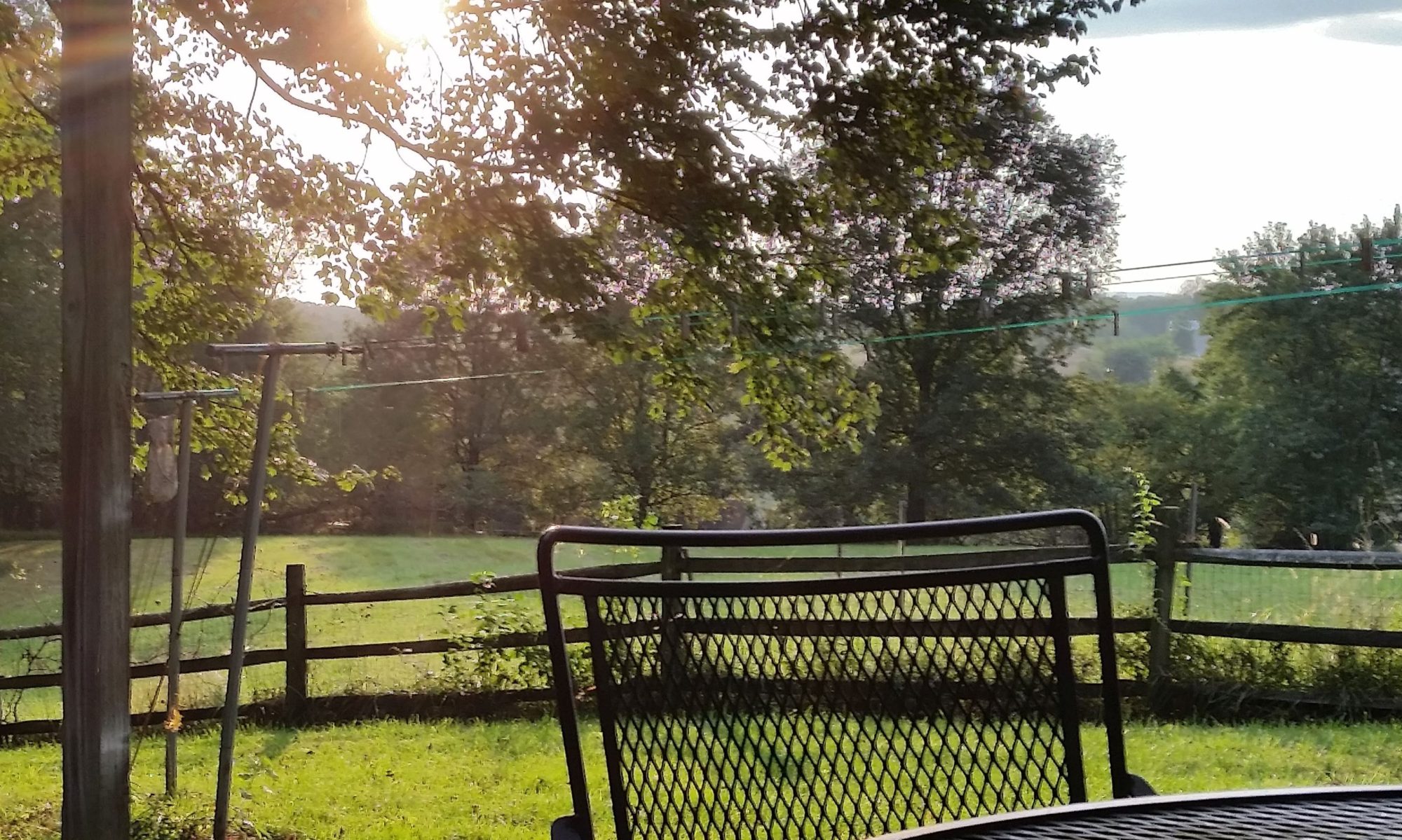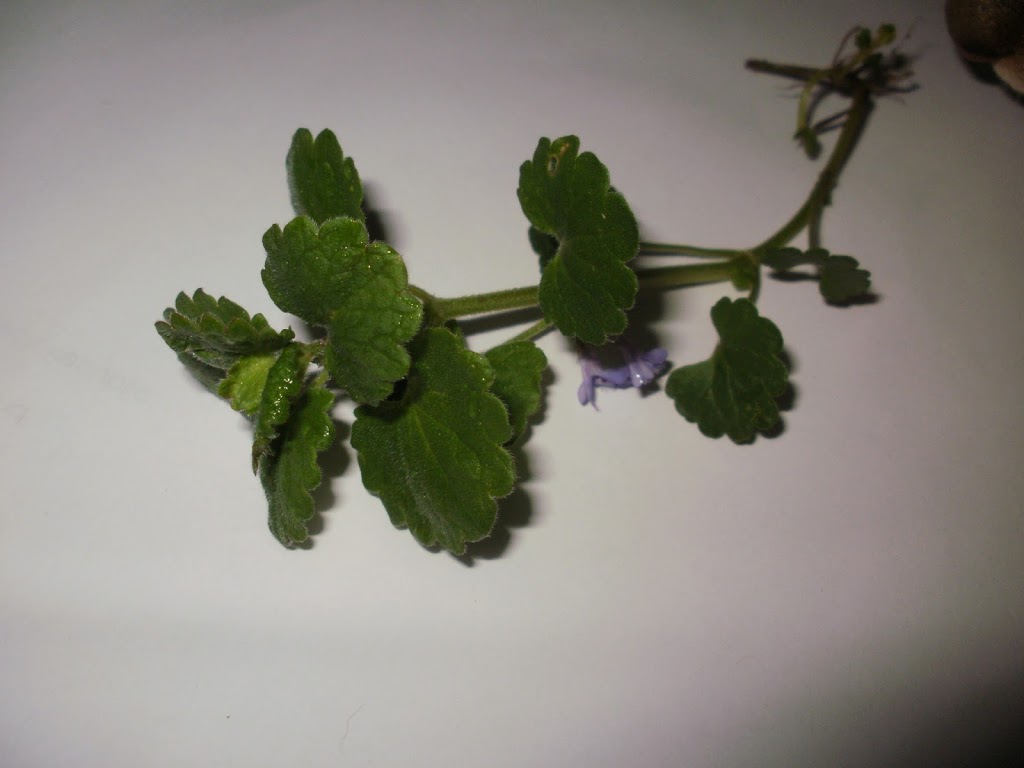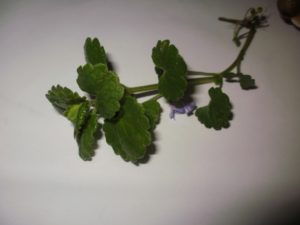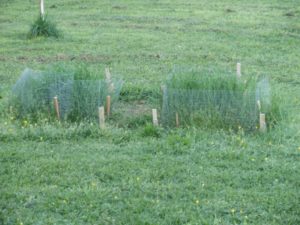Teaching went well last weekend. The class was smaller than I might have liked, but that was largely a factor of the size of the event. I’ve submitted proposals to teach the classes at University in a month; we’ll see how that goes.
One of the topics of my classes is medicinal beer. It would appear that at least the Germans were adding medicinal herbs to their beers, using them to transport whatever healing qualities the herbs were thought to carry. I don’t recall ever having heard of this actively being done in period–although I may have seen a reference to it somewhere, probably about the Saxons. Still, it stands to reason; they were using wine for the same purpose, and cordials (hard alcohol) were meant as medicine, not for their taste.
Some of the herbal additions seem reasonable and logical–they’re pretty standard herbal medicine, even today: Balm for stress reduction; Eyebright for eye ailments. Fennel for coughs. Ginger to settle the stomach. Some others seemed odd, but I can go with it: oak leaves as a diuretic. Juniper against poison. Still others were downright odd, if not dangerous: Salvia for the teeth (?); Pennyroyal as a decongestant (!).
Other “indirect” remedies include washing one’s face with wheat beer (good for the skin); beer warmed with oil and/or butter in the morning, as a laxative; table beer (very low alcohol) boiled with fresh hops to ease a toothache.
There were a couple of things I’d like to try, just to see–not for their medicinal purposes, but because the idea sounds tasty. Rosemary beer. Cumin. Anise…
In other areas, while “making the rounds” of stuff growing around the farm, I found an interesting little gem:
That would be a plant known as Ground Ivy, or Creeping Charlie. Back in the Medieval period, however, it was commonly known as “Alehoof,” and was used by the Saxons as part of a typical gruit. I’ve got piles of it; quite a bit is growing around the “retired” Cascades, appropriately enough… Some experimentation will definitely be in order, just as soon as I can get brewing again!
And while I’m thinking about it, my barley:
That’s the Maris Otter on the right, and the Halcyon on the left. The Bere and Hana are hidden behind these…



